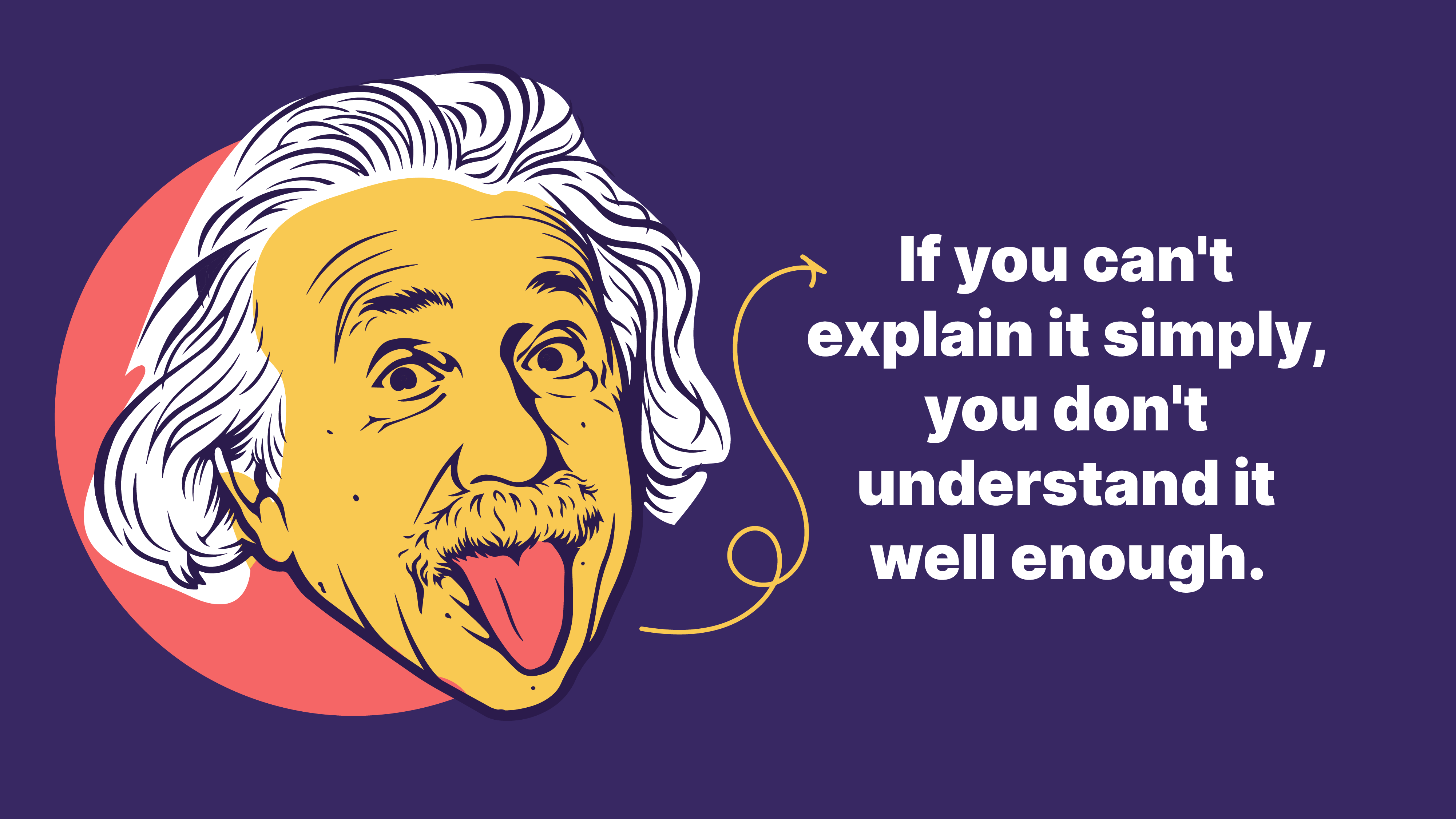30 July 2024
When pitching and presenting big ideas, it’s important to consider the structure of your presentation from the very beginning. In this blog post about presentation design, we will lay out a pitch structure you can use when presenting an idea for a new project. We’ll call this presentation approach “The Big Thing,” a six-step method for winning the hearts and minds of your audience.
The structure for a powerful pitch presentation includes the following:
Step 1: The Primer
Take your audience back to a time before a certain technology existed, one similar to yours but not quite what you are pitching. Here is where you set up the context of your “big pitch.” For instance, let’s go back to the beginning of cloud computing. Before the cloud existed, did you ever think that Dropbox could grow into a company with over 400 million users? The “big thing” in this scenario is pointing out the potential growth of cloud computing and how it will substantially change the business landscape.
Step 2: The Ups & Downs
Once you’ve established that the cloud is a big deal, use this section to talk about how some current companies are doing well by embracing it while others completely ignore it. Since your idea is to create a storage platform in the cloud, this section sets you up nicely for your next step: suggesting all the good things to come for those who have embraced the new technology. The key here is to try to drive your point home by indicating how things will improve even more in the future. The more you emphasize this idea, the better you will do in the rest of the presentation.
Step 3: The Benefits
Next, hint at the idea of a happy ending without going into details about your company yet (Dropbox). You’ll want to make sure that your audience is aware that happiness is not a guarantee unless they take part in or support your new project. This is where you capitalize on their FOMO (fear of missing out).
Step 4: The Specifics
Now that you have laid down a solid foundation, the next step is to get into the crude details of the project. The trick here is to package everything into 3 memorable talking points – no more, no less. These three talking points should address how the company will deal with current and future challenges and maximize the next great opportunity.
Step 5: The Proof
If you have proof of success, such as early customer beta data, customer testing that you have conducted, peer reviews, or anything else that would showcase your project as primed for success, then this is the step where you put it on display. The idea here is to show data-driven evidence to prove that success is just a matter of time.
Step 6: The Ask
Once you have gone through all the previous steps correctly and compellingly, the final step is almost natural—The Ask. Lay out your request clearly and concisely while briefly going over how you will use the money (or any other resource being requested) to take the project over the finish line.
And lastly, a quote from Albert Einstein that we think is fitting when it comes to pitching big ideas: “If you can’t explain it simply, you don’t understand it well enough.”
As a presentation design company in Dubai, we love sharing our knowledge of what works and what doesn’t. If you have enjoyed this post then you might also like to read:
McKinsey-style business presentations







